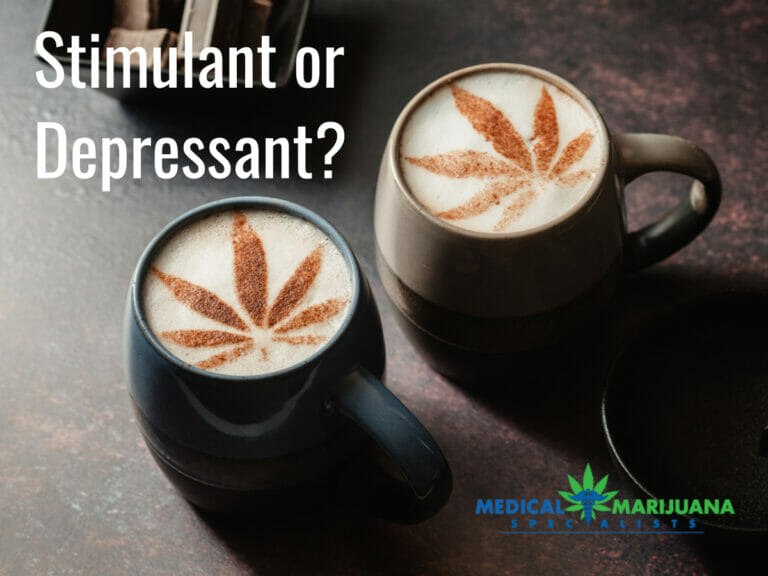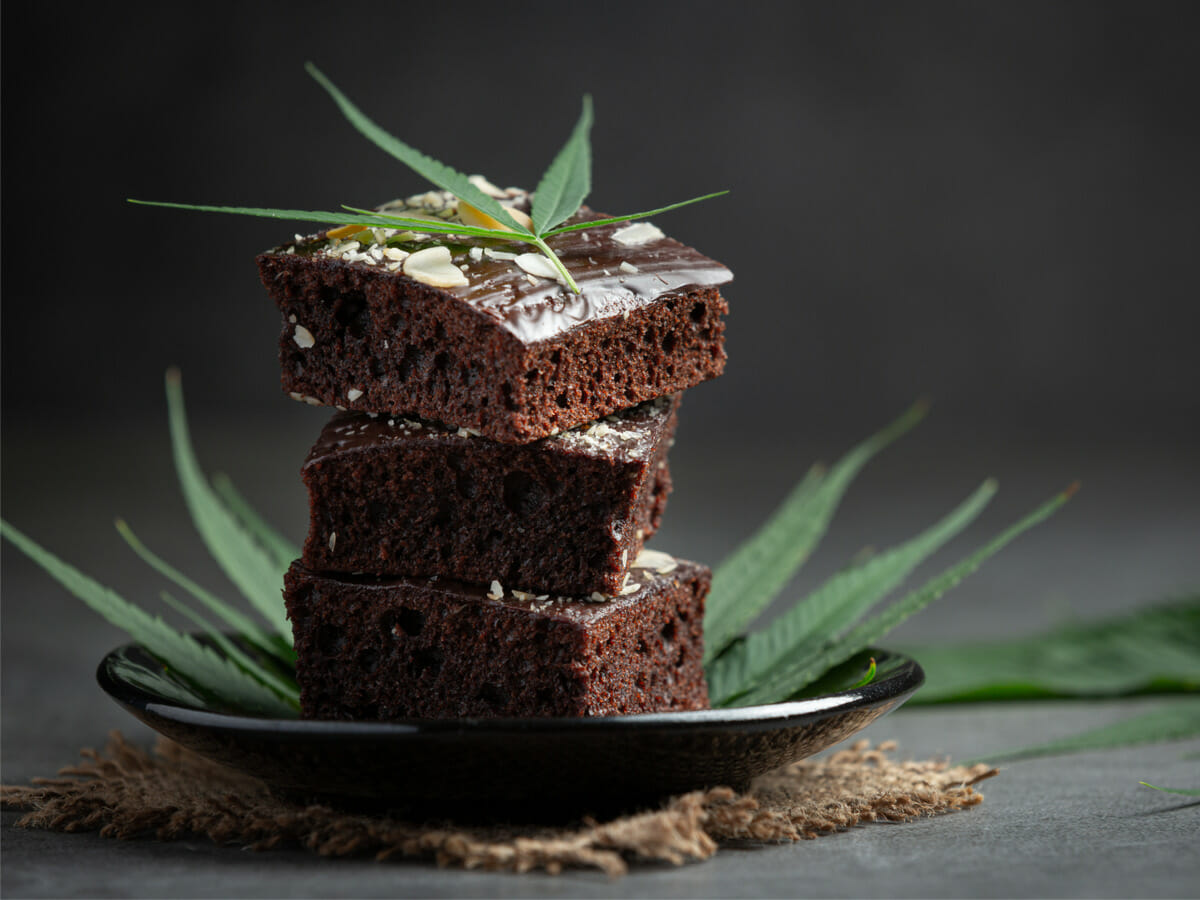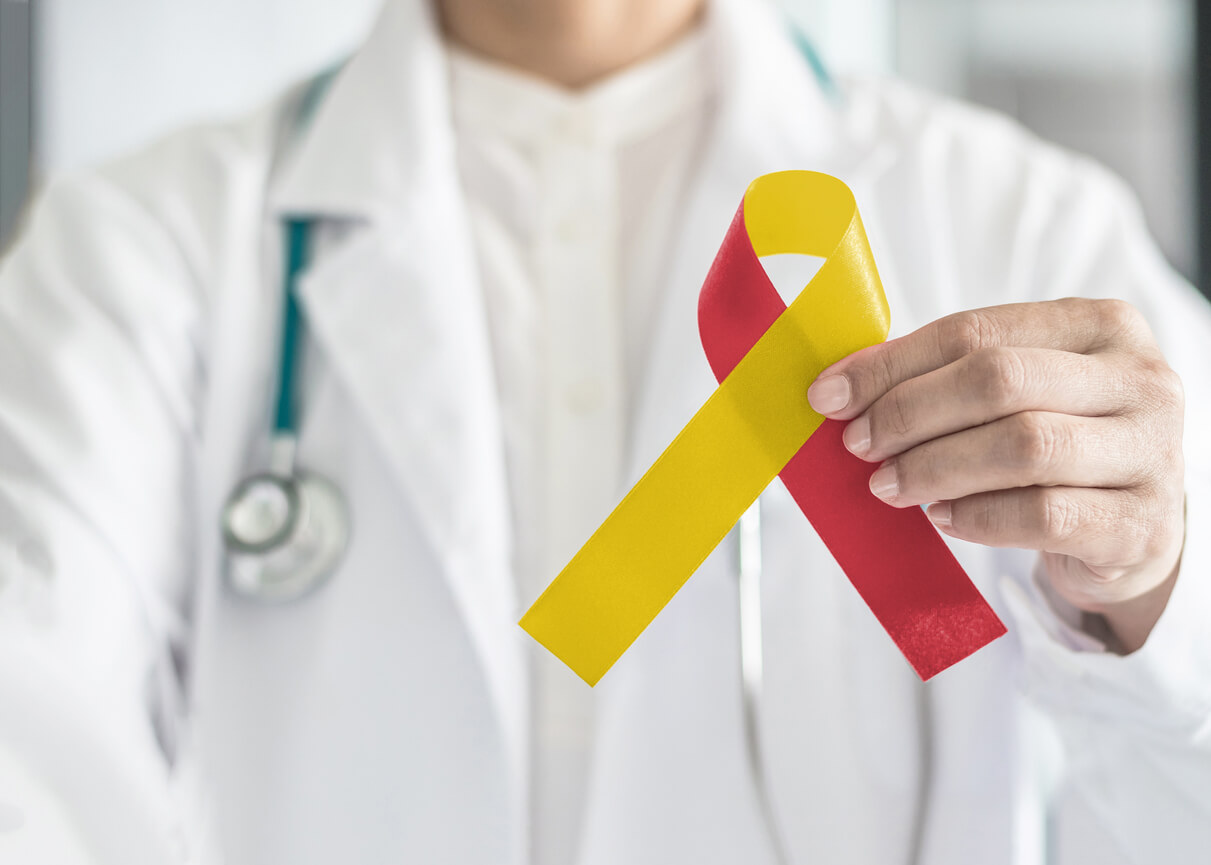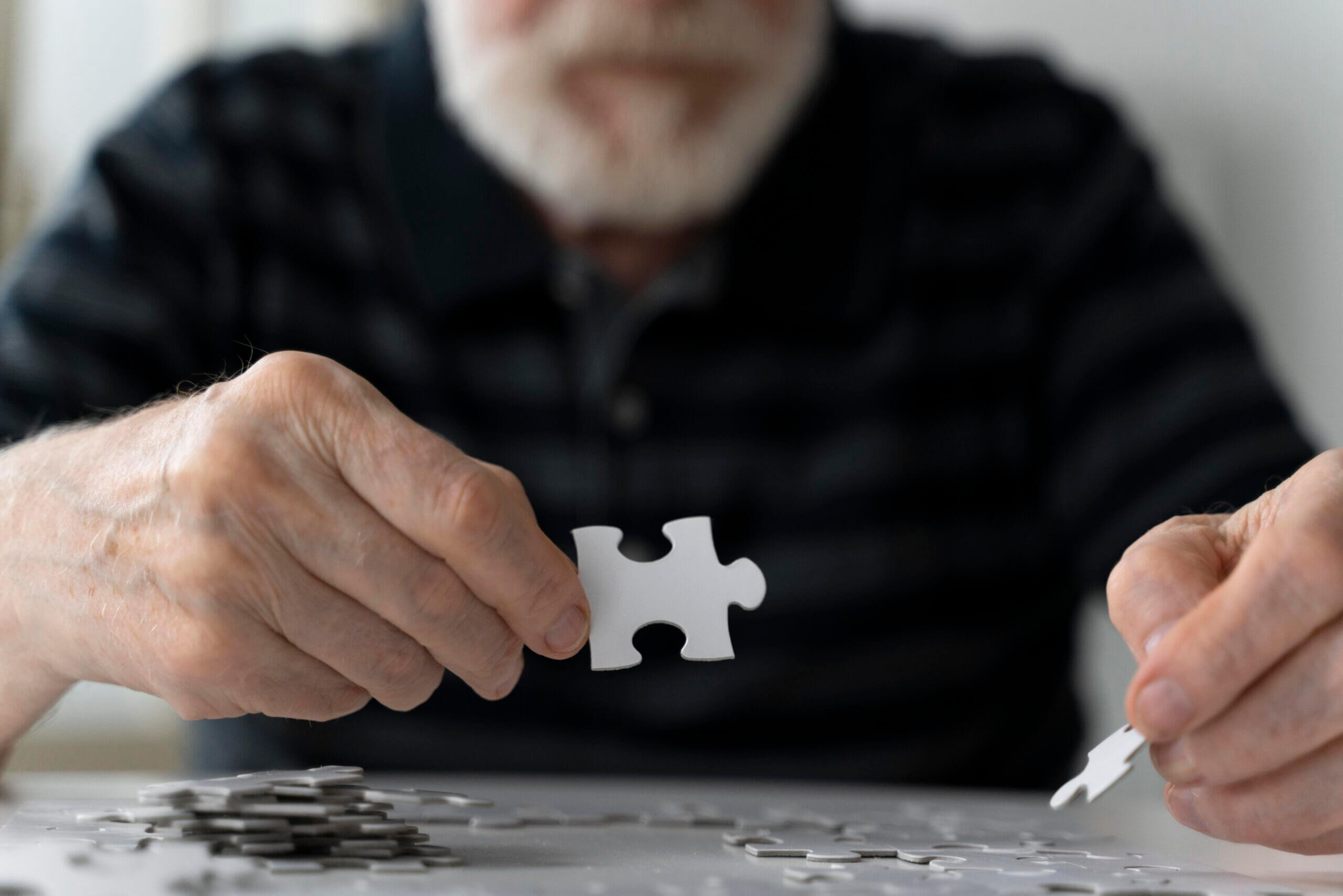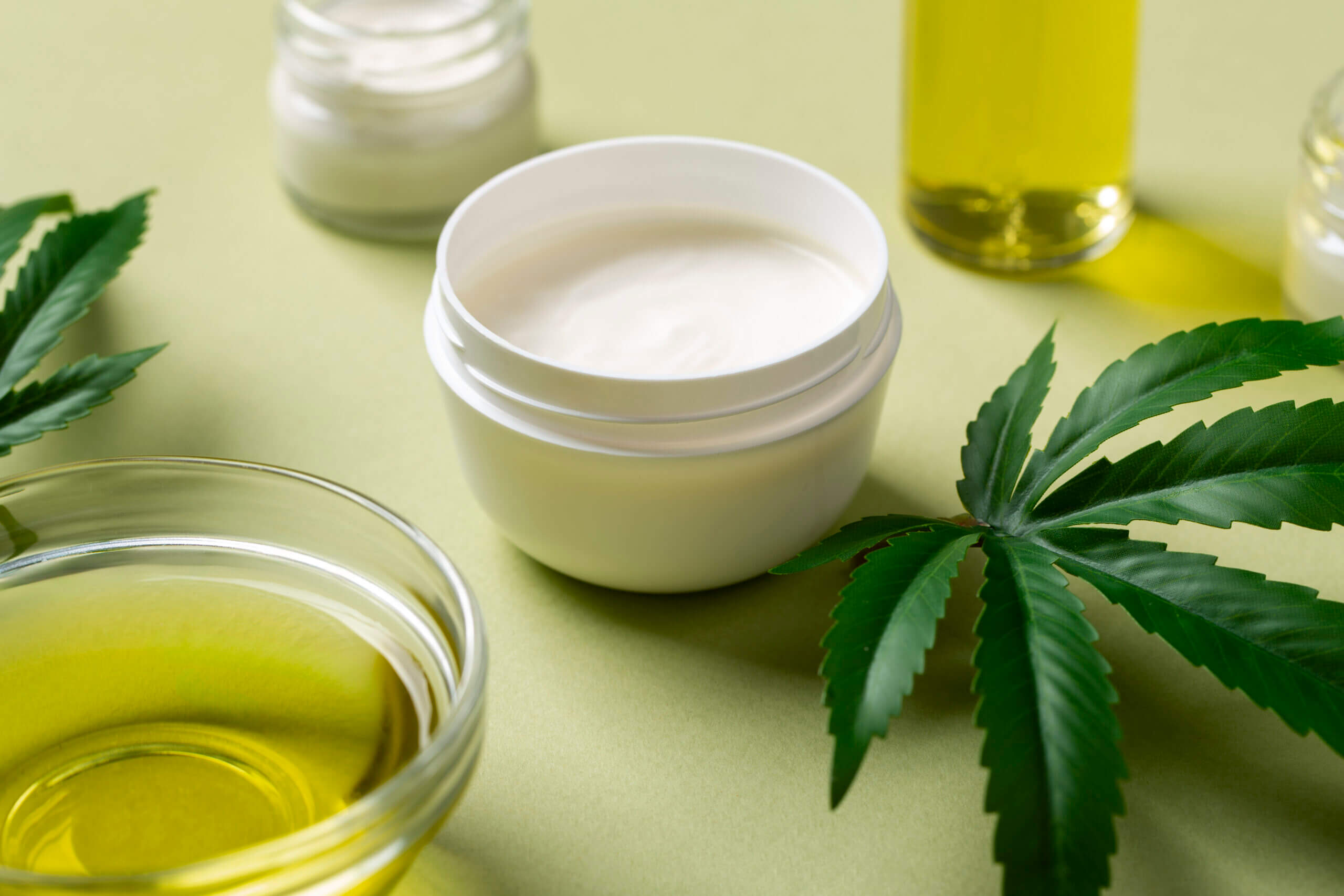There are 36 states and four territories in the United States where the medical use of marijuana products is legal. While cannabis is a common recreational drug, researchers have been increasingly discovering the therapeutic and medicinal benefits of this plant.
Cannabis is used to treat a wide variety of conditions, including sleep issues, nausea, chronic pain, and muscle spasms. For people with chronic illnesses, medical marijuana can help to alleviate symptoms and improve their quality of life.
In general, drugs can be categorized based on both their properties and their effects. Commonly, drugs can fall into one of four categories: depressants, stimulants, hallucinogens, and opiates.
Is marijuana a stimulant, a depressant, or a hallucinogen? The answer isn’t as clear as you might imagine. Let’s take a look at what you need to know.
Understanding the Main Types of Drugs

Before we answer whether marijuana is a stimulant, it’s worth taking a quick look at the different types of drugs. There are four general categories when classifying drug types, which are depressants, stimulants, hallucinogens, and opiates.
Stimulants
Stimulants are drugs that increase energy and alertness as well as elevating mood. These types of drugs are commonly highly addictive, and over time they can lead to paranoia. Examples of stimulants include methamphetamine, cocaine, and prescription ADHD medications.
While stimulants can have some positive effects, they can also have negative and even dangerous effects. These include:
- Irregular heartbeat
- Increased body temperature
- Paranoia
- Seizures
- Heart failure
- Anxiety
As we’ll see later on in the article, cannabis can sometimes exhibit some of the positive and negative effects of stimulant drugs.
Hallucinogens
Hallucinogens change the way that the brain’s nerve cells communicate, leading to an altered perception of reality. Some common examples of this type of drug are MDMA, psilocybin, and LSD.

At this point, researchers aren’t exactly sure how hallucinogens produce the reality-altering effects they are known for. It is thought, though, that they affect the brain’s neural circuits that are related to serotonin. These drugs can impact the parts of the brain that control:
- Mood
- Sleep
- Sensory perception
- Hunger
- Sexual behavior
- Body temperature
- Muscle control
The hallucinations that these drugs create can occur either auditorially or visually. Hallucinations are the false perception of senses, events, or objects. Cannabis can produce some of the same effects that hallucinogens are known for, however, it is worth understanding that actual hallucinations are not common when it comes to cannabis use.
Depressants
Depressants reduce stimulation or arousal in the brain, which slows down brain function. Depressants include alprazolam (Xanax), barbiturates, and alcohol.
Opiates
Opiates produce feelings of euphoria quickly and are powerful painkillers. Opiate use can have long-term effects on the brain and are highly addictive. Examples of opiates include morphine, heroin, and many prescription painkillers.
Is Marijuana a Stimulant Or Depressant?
Unlike other drugs, marijuana cannot be neatly classified into one of the drug types. Different people can experience different effects of cannabis, and distinct strains can lead to a variety of effects.

This means that cannabis can be classified as a stimulant, depressant, or hallucinogen. Later on in the article, we will discuss the aspects of marijuana that can result in its classification as a depressant or a hallucinogen. First, let’s take a look at why it can be classified as a stimulant as well.
Stimulants can cause your blood pressure and heart rate to increase, which can lead to rapid breathing. They also commonly improve an individual’s mood, particularly right after they start feeling the effects of the drug.
Sometimes, marijuana is classified as a stimulant because it can lead to:
- Racing heartbeat
- Elevated moods
- Paranoia
- Anxiety
Cannabis is an unusual drug because of the individualized way it affects people. Some people might feel energized and alert after using marijuana, while others might feel at ease and relaxed. Some individuals might find that cannabis elevates their mood, while others might feel that it increases their anxiety.
On top of that, different strains of cannabis can have quite a wide range of effects on the same individual. Let’s learn a little more about the difference between indica and sativa and whether they are classified as certain drug types.
Indica Vs. Sativa: What’s the Difference?
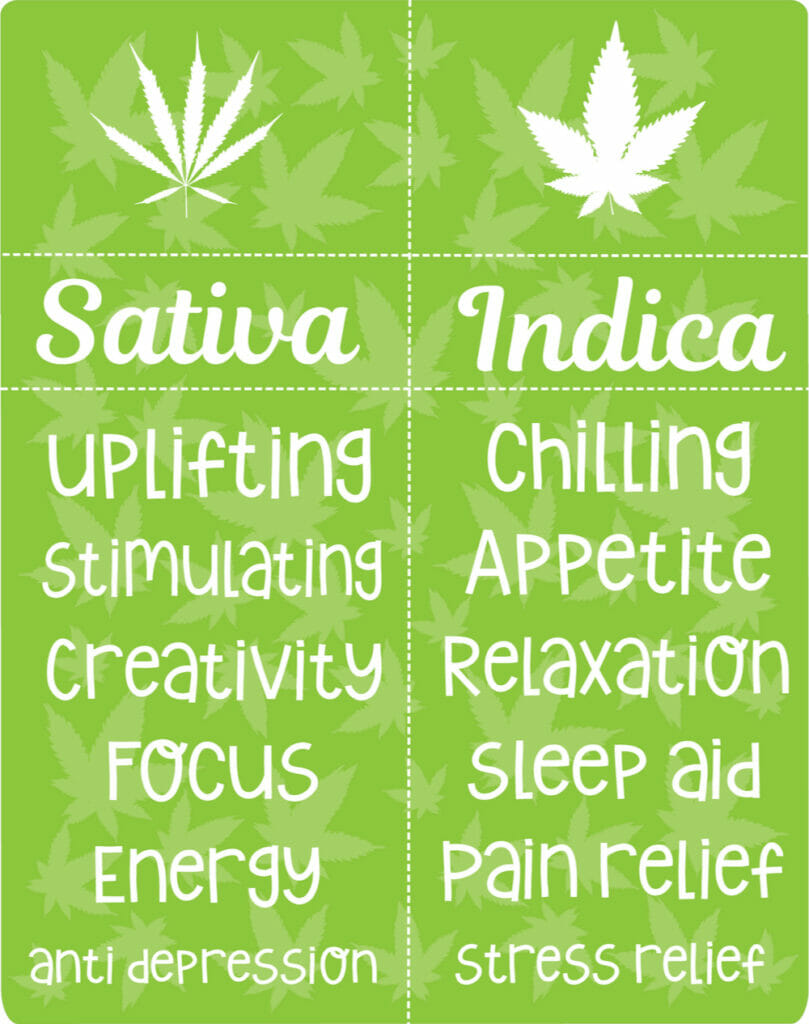
Cannabis indica and Cannabis sativa are two different species of marijuana. They are, therefore, very similar in certain ways though they have distinct and specific differences.
As a plant, indica has dark green leaves that are broad. It grows into short, bushy plants, while sativa grows into tall, slim plants. The leaves of sativa plants tend to be skinny and light green.
While there is a general perception that indica is more calming and sativa is more stimulating, this isn’t necessarily always the case. Different strains can create different effects, and the same strain can produce different effects for different people.
Is Indica a Stimulant?
In general, indica strains are considered to have characteristics more similar to depressants. People commonly recommend using indica for nighttime use because it can have a sedative effect. It is also known for its pain relieving qualities and its ability to stimulate the appetite.
Is Sativa a Stimulant?
Sativa strains are generally considered to be more stimulating than indica strains. For this reason, it is considered better for daytime use because it can help boost mood, increase focus, and give you more energy.
Marijuana as a Depressant
It might seem strange that cannabis can be classified as both a stimulant and a depressant considering that these are polar opposite effects.
Depending on the individual as well as the specific strain, cannabis can create depressant-like effects. Some of the effects that cannabis can produce that are similar to the effects of depressants include:

- Sleepiness
- Mental Relaxation
- Muscular relaxation
Depressants slow brain function and affect your nervous system. These drugs are commonly used to treat a number of different conditions, including anxiety, muscle spasms, or insomnia.
Marijuana as a Hallucinogen
It is perhaps most uncommon for cannabis to be known for its hallucinogenic effects. Very few users experience hallucinations and they most often happen paired with outside influences. However, cannabis can cause disorientation, which is connected to the phenomena of hallucination.
Hallucinogens cause a number of effects in addition to hallucinations, which include:
- Increased heart rate
- Altered sense of space or time
- Nausea
- Loss of control over motor skills
- Detachment from self or environment
- Dry mouth
Cannabis can create all of these effects. For this reason, it is often classified as a hallucinogen by organizations. Marijuana can both cause anxiety and depression in some individuals as well as alleviate these symptoms for others.
What Is Medical Marijuana Used to Treat?
Cannabis has been used as a medicine for thousands of years as well as for ritual, spiritual, and recreational purposes. For example, it is known that cannabis was used in ancient Chinese society all the way back in 2900 B.C. in order to treat a variety of conditions, including muscle spasms, joint pain, malaria, and gout. Cannabis is thought to have been first domesticated as a plant roughly 12,000 years ago during the early Neolithic period in East Asia.
While the use of marijuana is still illegal at the federal level in the United States, many states have been legalizing use of the plant for medicinal purposes. A smaller number of states have legalized recreational use and possession.
In 1996, the state of California became the first U.S. state to allow the medical use of marijuana. This opened the doors to other states following suit, with 36 states allowing medical use for specific qualifying conditions.
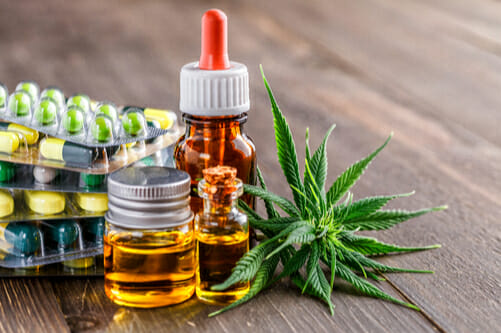
Research is ongoing when it comes to the potential medical benefits of cannabis. This drug is thought to be effective in treating ailments including sleep issues, muscle spasms, nausea, seizures, and chronic pain. Some of the conditions for which marijuana is sometimes used as treatment include:
- Anorexia
- Cancer
- Arthritis
- AIDS
- Migraines
- Glaucoma
- Chronic pain
You can learn more about the life-changing benefits of medical marijuana for cancer in this article.
Additionally, cannabis is sometimes used for any other persistent or chronic medical symptom that impacts a person’s ability to conduct basic life activities.
There is also evidence that THC, CBD, and other cannabinoids can help with additional conditions. These include:
- Epilepsy
- Anxiety
- Opioid dependence
- Inflammatory bowel syndrome
- Irritable bowel syndrome
- Movement disorders
- Multiple sclerosis
There is a lot of optimism in the world of cannabis research about the potential to use cannabis to treat opioid addiction. As you likely know, there is an epidemic of opioid use in the United States that has led to many deaths and deeply impacted families across the country. You can learn more about how cannabis might be able to help battle opioid abuse here.
The laws differ between states where medical marijuana is legal in terms of qualifying conditions. This means that you will want to look into your specific state laws to learn whether or not a condition that you have qualifies you.

THC Vs. CBD: Understanding the Difference
The two most prominent cannabinoids, or active compounds, found in cannabis are THC and CBD. THC is the cannabinoid that is responsible for the drug-like effects of marijuana, while CBD is not intoxicating.
Both of these cannabinoids impact the endocannabinoid system in your body. At this point, there are still a lot of unanswered questions about how this complex system works and how these compounds interact with it. It is known, though, that the endocannabinoid system is associated with vital processes including appetite, mood, memory, fertility, and sleep.
CBD can be used to alleviate a number of different symptoms, including:
- Depression
- Anxiety
- Post-traumatic stress disorder
- Seizures
- Migraines
- Inflammation
At this point, there is only one FDA-approved drug that contains CBD. This drug is known as Epidiolex and is used to treat seizures that are associated with two rare, severe types of epilepsy. These two forms of epilepsy are Lennox-Gastaut syndrome and Dravet syndrome.
There are a number of different ways that both THC and CBD can be consumed. These include:
- Smoking
- Vape products
- Tinctures
- Oils
- Edibles and beverages
- Sprays
- Topical products
You can learn more about the medical benefits of both THC and CBD here.
Is CBD a Depressant or a Stimulant?
The effects of CBD don’t really fall into the categories of either being a depressant or a stimulant. CBD, in addition to other cannabinoids, interacts with the endocannabinoid system that is crucially involved in the process of homeostasis.
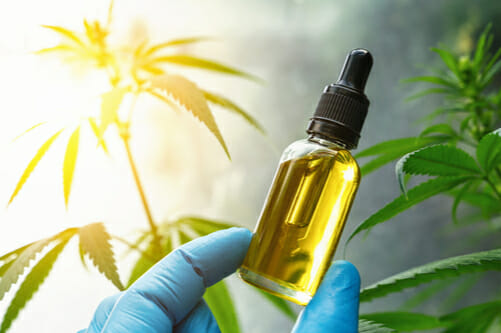
Many patients have turned to CBD or high-CBD cannabis strains because it doesn’t have an impact on brain function in the same way that high-THC strains do. CBD is a regulator, meaning that it doesn’t force the nervous system to either speed up or slow down. While there is a lot more to learn about CBD through scientific research, it is understood that CBD works with the natural cycles of the body.
We can expect to learn more about the effects of CBD on the brain and body as more research is done in the coming years and decades.
Are You Looking to Get Certified?
The state of Pennsylvania allows the use of medical marijuana for 23 medical conditions. This list includes conditions such as anxiety, autism, Crohn’s disease, and IBS. Also on the list are a number of neurological disorders, post-traumatic stress disorder, and opioid use disorder when traditional interventions are ineffective.
Medical Marijuana Specialists serve all residents of Pennsylvania. We are here to help you receive the help and support that you need in order to manage your health conditions. If it’s time for you to get a medical marijuana ID card, you can start here today.

